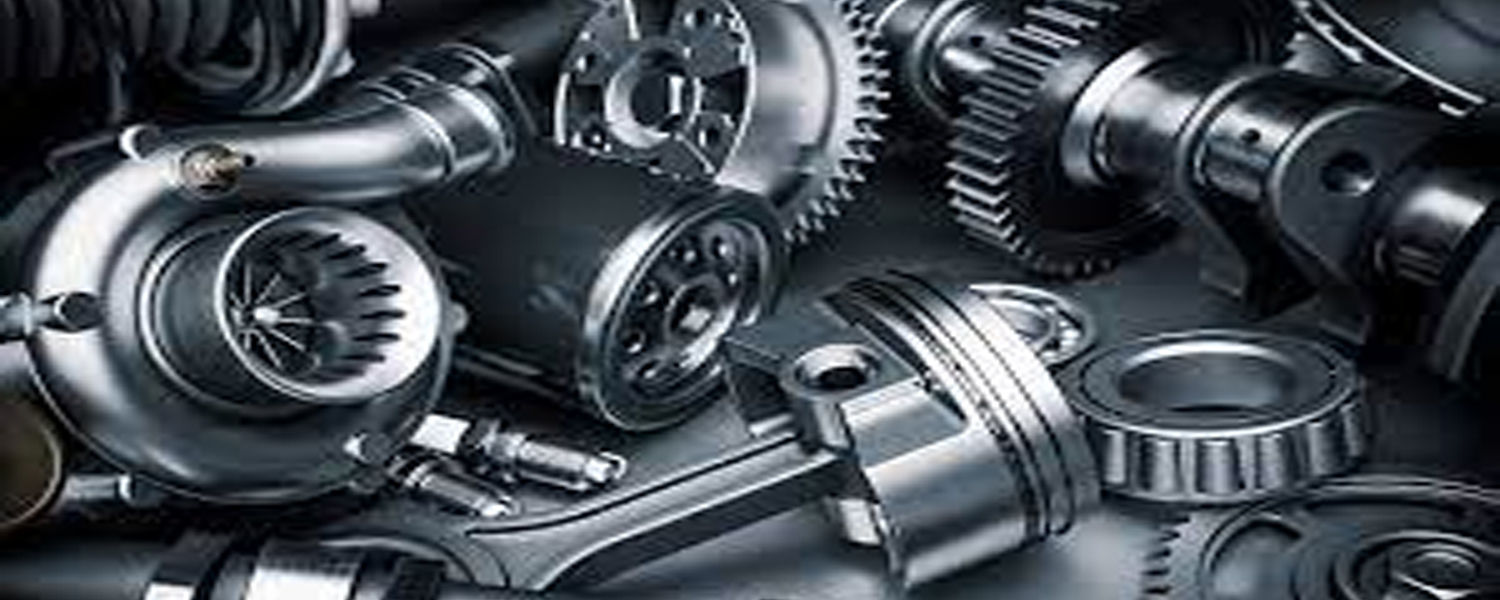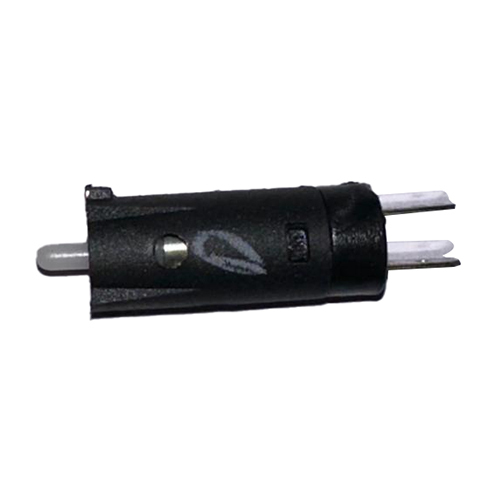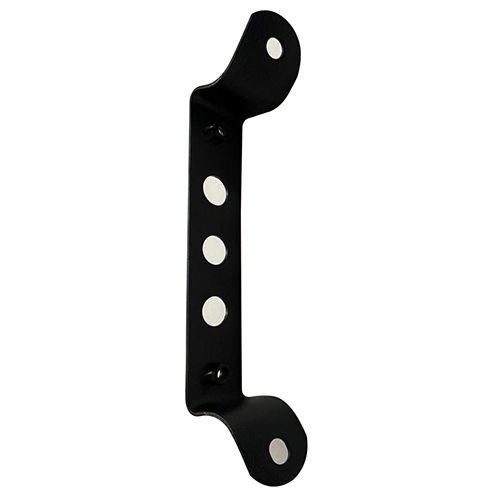
Motorcycle Clutch Switch
Product Details:
Motorcycle Clutch Switch Price And Quantity
- 10 INR/Piece
- 50000 Piece
Motorcycle Clutch Switch Trade Information
- Cash in Advance (CID)
- 100000 Piece Per Month
- 7 Days
- All India
Product Description
Clutch Switch for Bikes: Applications and Functions
The clutch switch in a bike serves several important functions, contributing to both safety and smooth operation:
1. Starter Interlock: This is the primary function of the clutch switch. When the clutch lever is pulled in, the switch completes the circuit, allowing the starter motor to engage and the engine to crank. This prevents accidental or unintended engine starts, especially when the bike is in gear, which could lead to loss of control and potential accidents.
2. Gear Shifting: When you pull the clutch lever, the clutch switch disengages the transmission, allowing you to smoothly shift gears without grinding or damaging the gears. This makes gear changes more efficient and comfortable for the rider.
3. Kill Switch Activation: Some motorcycles incorporate the clutch switch into the kill switch function. Pulling the clutch lever can also cut off the engine immediately, which can be useful in emergency situations or for stalling the engine quickly.
4. Cruise Control System: On some bikes, the clutch switch may be involved in the activation or deactivation of the cruise control system. Pulling the clutch lever can disengage the cruise control, ensuring precise control when needed.
5. Other Features: Depending on the specific bike model and manufacturer, the clutch switch might be used for additional functions like activating an engine brake system or triggering specific warning lights.
Overall, the clutch switch plays a crucial role in enhancing the safety, comfort, and controllability of a motorcycle. It's a small but vital component that ensures smooth gear changes, prevents accidental starts, and contributes to overall riding confidence.

Price:
- 50
- 100
- 200
- 250
- 500
- 1000+








